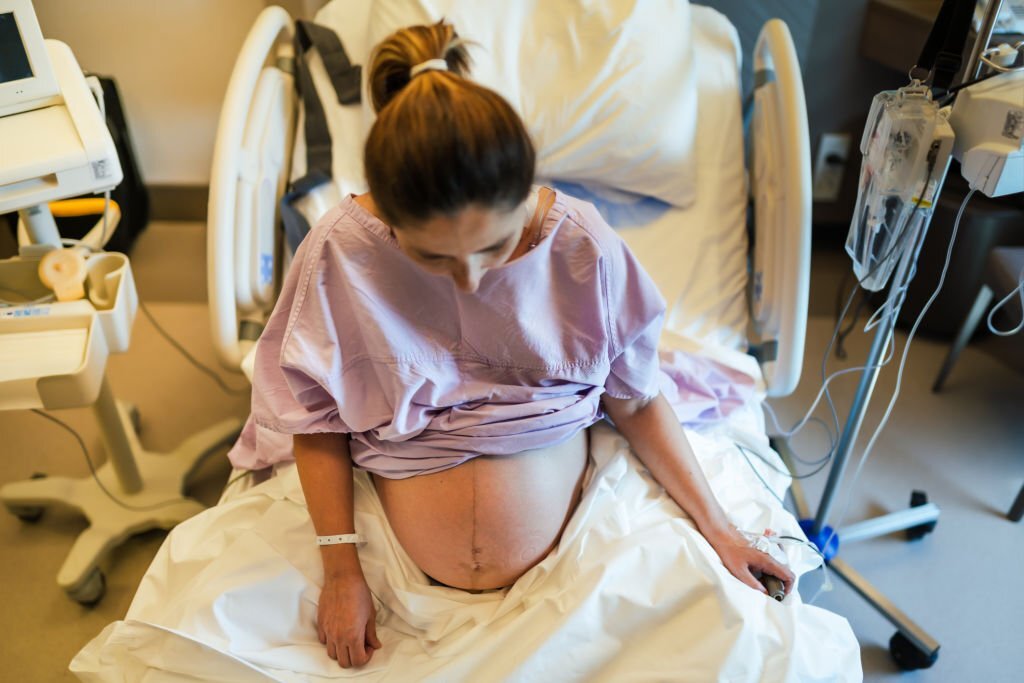
Contrary to popular misconceptions, admission in a hospital is not directly linked to having a C-section.
So, why are some women made to undergo C-section even if they prefer a vaginal delivery?
Before we address it in detail, we need to look at some larger medical issues.
First, let us look at an important marker of a country’s health – Maternal Mortality Ratio (MMR). Maternal mortality refers to deaths due to complications from pregnancy or childbirth. The better the country’s health facilities and services, the lower the MMR.
As per recent news, Tamil Nadu’s Maternal Mortality Ratio (MMR) has decreased from 63 to 57 per one lakh live births in 2019 (as per the State Health Management Information System). This data reflects real time effort carried out by the state’s maternal care facilities to ensure the good health of mother and baby.
In addition to pre- and post-natal care, hospitals have persistently emphasised the need to negate risks during active labour as this is an important, vulnerable period that requires utmost supervision and speedy action. Furthermore, the doctors and healthcare staff involved in a delivery are required to work in accordance to a set of guidelines set by the genealogical society.
Hence, the decision to advise a C-section arises from the doctor’s observation of certain risk factors and complications – and his/her inference that a C-section is the best way to ensure the good health of the mom and baby. Some of these risks include:
Many of these signs are noticed during active labour, and require immediate intervention to prevent loss of life and/or future complications for mother and child. The choice to defer to a C-section is made only if it is deemed an efficient and swift method to tackle issues that can otherwise prove dangerous.
At BloomLife Hospital, we explain all the birthing options in detail to our patients and then advise them on the best course of action based on their case history. We have had some patients who chose a C-section because they did not want to withstand the labour process – and would not consider any other option. In whichever way a birth takes place, it is truly a momentous event for the mother and father – and makes way for some of the most cherished memories in life!